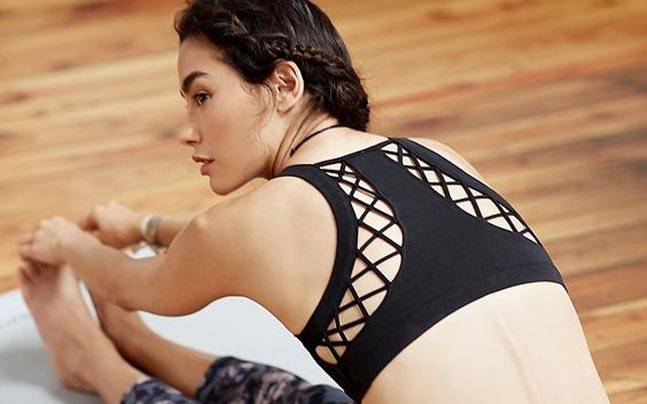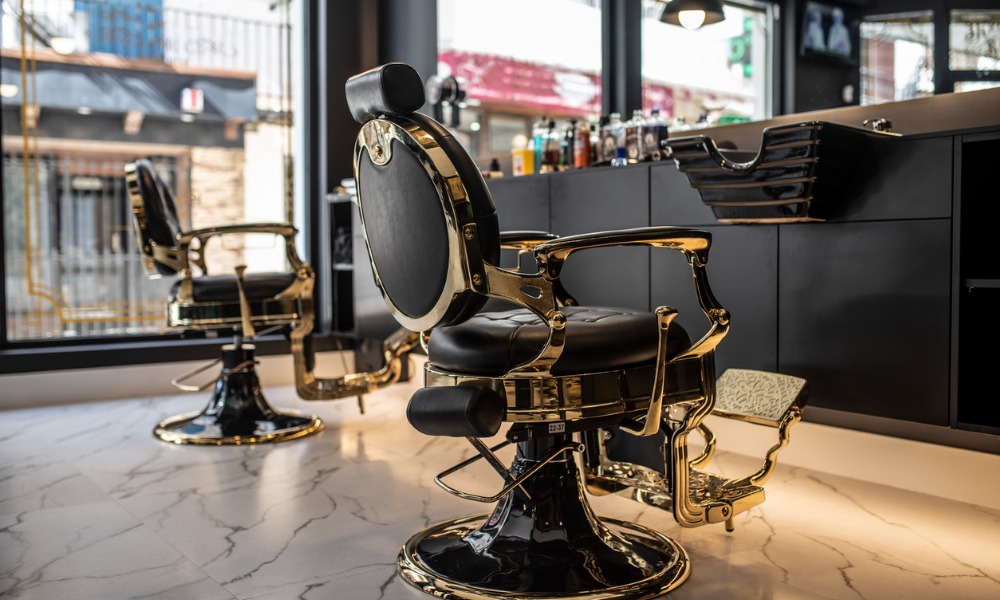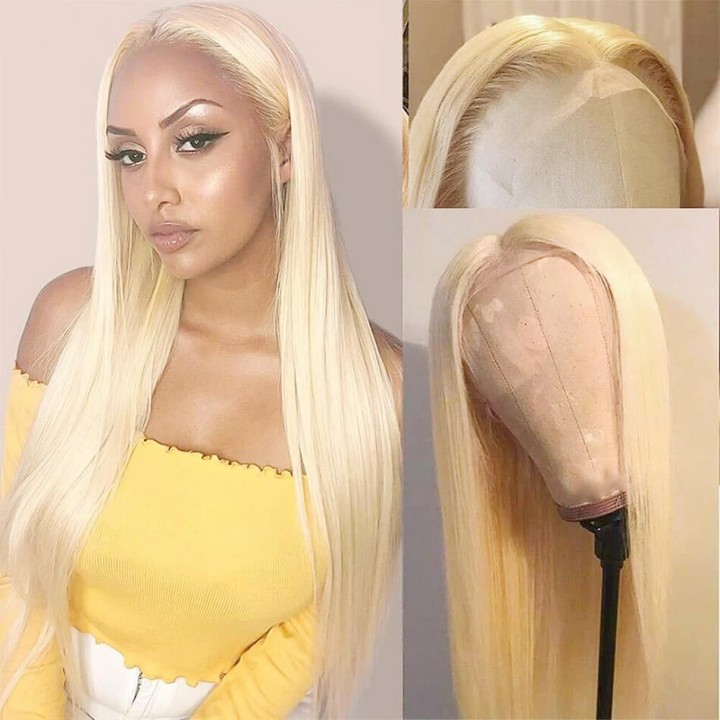A sports bra is a unique article of athletic clothing made to support and comfort women while they engage in physical activity. Sports bras, as opposed to conventional bras, are designed to limit breast mobility, ease discomfort, and guard against potential breast tissue damage during exercise. For women who participate in high-impact sports or activities, they are a crucial component of their athletic outfit.
Selecting the perfect sports bra is essential for a comfortable and supportive workout experience. Here are some key factors to consider when making your choice:
1. Impact Level:
- Low Impact: Yoga, Pilates, walking.
- Medium Impact: Cycling, hiking, weightlifting.
- High Impact: Running, jumping, intense cardio.
Select a sports bra designed for your activity’s impact level.
2. Size and Fit:
- Get a professional bra fitting if possible.
- Measure your band size (rib cage circumference) and cup size (fullest part of your bust).
- Avoid bras that are too tight or too loose. It should provide snug support without digging in.
3. Style:
- Compression Bras: Presses breasts against the chest. Ideal for low-impact activities.
- Encapsulation Bras: Support each breast individually. Great for medium to high-impact activities.
- Combination Bras: Offer both compression and encapsulation. Versatile for various activities.
4. Material:
Look for moisture-wicking fabrics like polyester or nylon, especially if you tend to sweat a lot.
Consider seamless designs to prevent chafing.
5. Straps:
Adjustable, wide straps distribute weight evenly and provide better support.
Racerback or crisscross designs offer extra stability for high-impact activities.
6. Band:
The band should sit comfortably on your ribcage, providing most of the support.
Ensure it doesn’t ride up or dig into your skin.
7. Breathability:
Proper ventilation keeps you cool and comfortable during workouts. Look for mesh panels or breathable fabrics.
8. Try Before You Buy:
If possible, try on the sports bra and move around to ensure it provides the right support for your activity.
9. Maintenance:
Follow care instructions to maintain the bra’s elasticity and support.
10. Replace When Necessary:
Over time, a sports bra will lose its elasticity and support. Replace it if it no longer provides the necessary support.
11. Cup Construction:
Padded cups can provide extra support and modesty, especially for high-impact activities.
Non-padded cups offer a more natural feel and can be suitable for low to medium-impact exercises.
12. Adjustability:
Look for bras with adjustable hooks and straps for a customizable fit, especially if your body size fluctuates.
13. Seam Placement:
Flat or strategically placed seams reduce irritation and chafing during movement.
14. Comfort during Extended Wear:
If you plan on wearing the sports bra for an extended period, opt for one with softer materials and minimal hardware.
15. Specialized Bras:
Consider specialized bras for specific activities like maternity sports bras, which provide additional support for pregnant or nursing mothers.
16. Brand and Reviews:
Research reputable sports bra brands known for quality and durability. Read reviews from other customers for insights into fit and comfort.
17. Testing Movement:
In the fitting room, try simulating the movements of your intended activity to ensure the bra provides the necessary support.
18. Posture and Support:
A well-fitted sports bra can help improve posture and reduce breast discomfort during exercise.
19. Sports-Specific Features:
Some sports bras come with features like pockets for small items, reflective elements for nighttime visibility, or extra support in key areas.
20. Budget Consideration:
While it’s important to invest in a quality sports bra, there are options available at different price points. Consider your budget and prioritize features that are most important to you.
Remember, a well-fitting sports bra is an investment in your comfort and well-being during physical activities. Take the time to find the one that suits you best, and enjoy your workouts with confidence!






